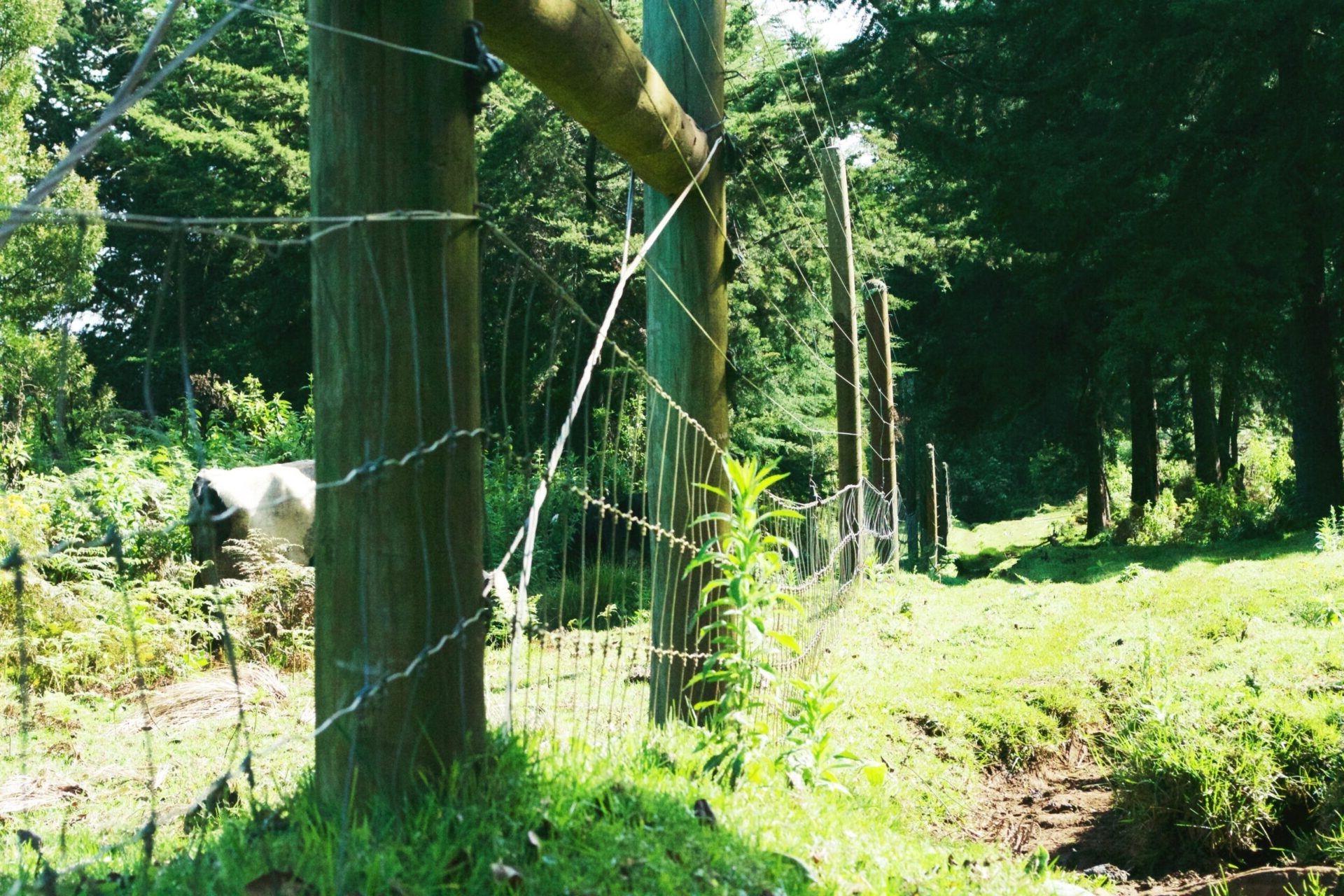Keeping Bears Wild: How to Manage Attractants
Bears that become used to being around people may be called “habituated”. Bears that receive “food rewards” like garbage or birdseed can become “food-conditioned” which may lead to their removal.

Types of Attractants and How to Manage Them
- Bird Feeders
- Trees, Gardens, & Compost
- BBQs, Coolers, & Vehicles
- Livestock, Feed, & Pet Food
- Garbage
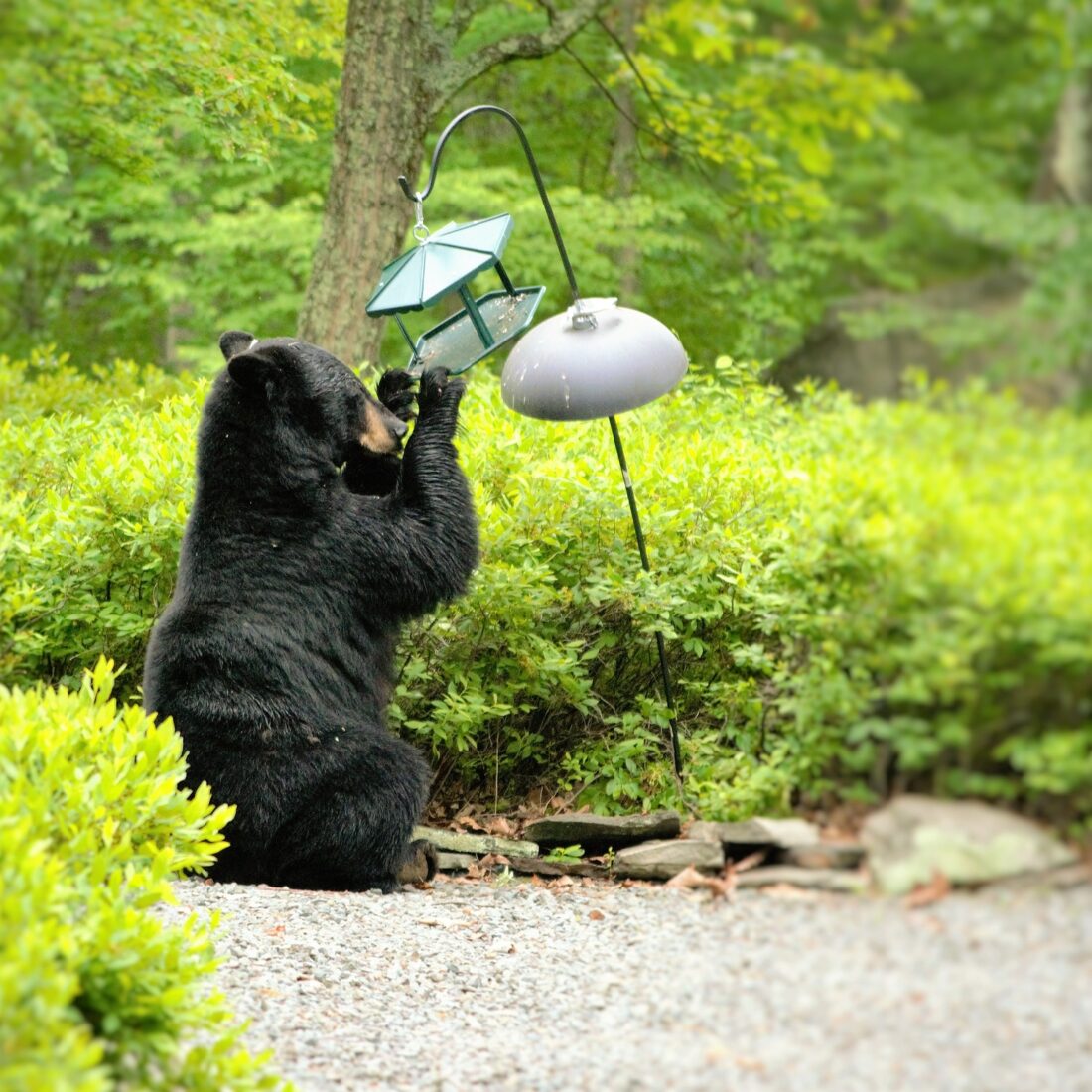
Bird Feeders
Bird feeders can be a major attractant for bears, luring them close to homes and onto porches.
- Avoid feeding birds during bear active season (March to December 1st).
- Hang bird feeders at least 10 feet up and 10 feet out from anything bears can climb.
- Bird feeders may still attract bears and can lead to human-bear conflicts.
- Consider using birdhouses, birdbaths, and native vegetation as alternatives.
Tree Fruits, Gardens, and Compost

Fruit Trees
- Avoid planting edible landscaping and consider alternatives.
- Pick fruit as it becomes ripe and remove any fruit on the ground.
- Store all picked fruit inside a secure building, garage, or shed.
- Consider using properly constructed electric fencing around fruit trees to keep bears away.
- Alternatively, consider replacing fruit-bearing trees with options that do not attract bears.
- Contact the Great Bear Foundation Bears and Apples Program for assistance if needed.
Vegetable & Flower Gardens
- Do not use blood meal in your garden.
- Consider using properly constructed electric fencing to keep bears away from gardens.


Compost Piles
- Avoid putting meat, fish, melon rinds, and other pungent scraps in the pile.
- Compost only leaves and grass, not kitchen scraps.
- Keep the pile aerated and properly turned, and add lime to promote decomposition and reduce odor.
- Do not use blood meal.
- If you have compost pick-up, do not place the container out until the morning of pick-up.
- Contact your local compost pick-up provider for bear-resistant container options.
BBQs, Coolers, and Vehicles

BBQs & Grills
- Clean grills thoroughly after each use.
- Check the updated list of items that have been tested and approved as bear-resistant.
- Be aware of common bear attractants on your property and take necessary precautions.
Coolers
- Secure coolers in a bear-resistant manner (e.g., in a car, home, shed, or camper) and avoid leaving them where bears can access them.
- Check food storage orders at campgrounds you visit to comply with regulations.
- Consider using bear-resistant coolers that may require locks for added security.
Vehicles
- Do not leave trash, groceries, or animal feed in your vehicle, as bears can pry open doors and break windows to access food and attractants.

Livestock, Poultry Feed, and Pet Food
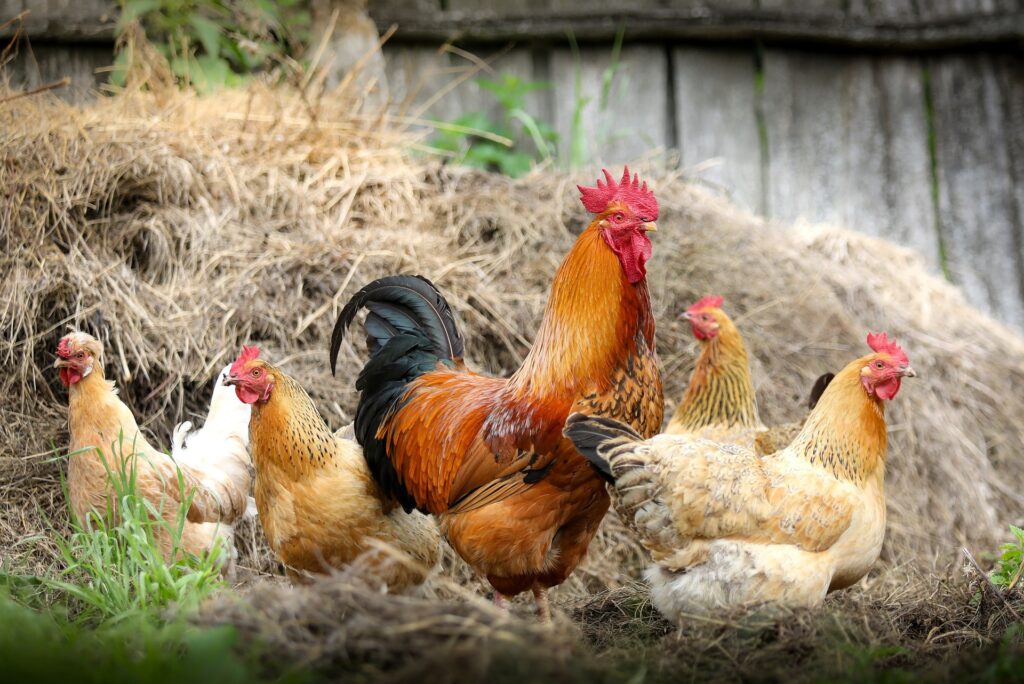
Chickens
- Major attractant for bears leading to conflicts and bear mortalities.
- The best option in bear country is to install bear-resistant electric fences for chickens.
Keep ‘Em Safe With Electric Fencing
Pet Food
- Ideally, feed pets inside.
- If pets are outside, feed only during the day and only the amount they eat in a single feeding.
- Bring in bowls at night and clean up spilled or uneaten food.
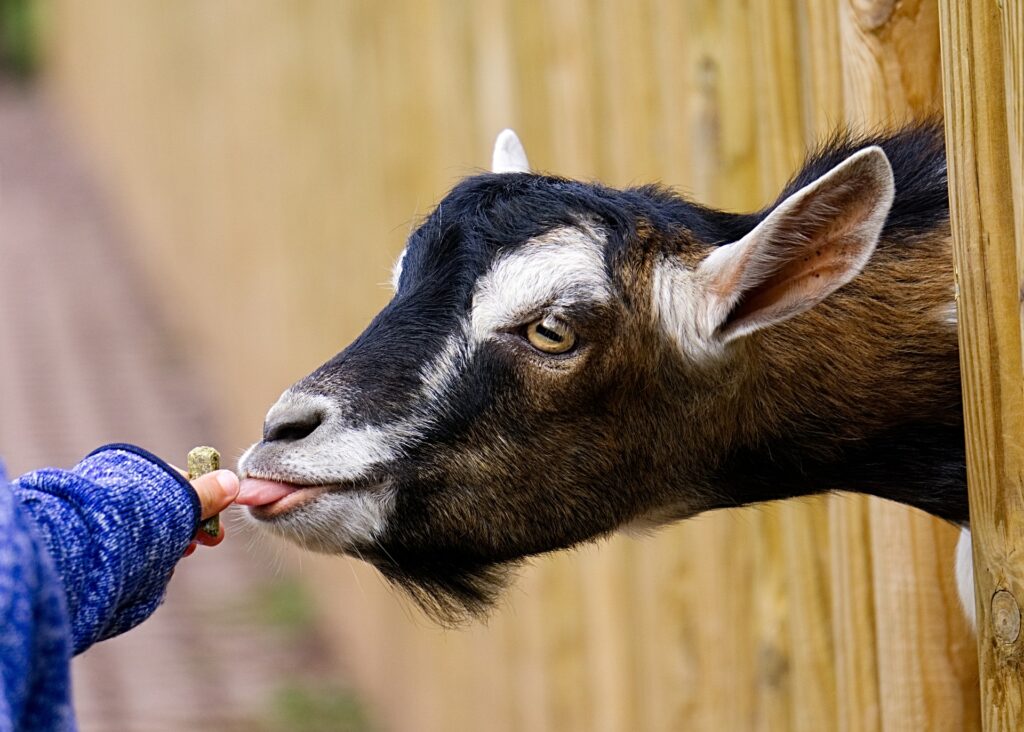
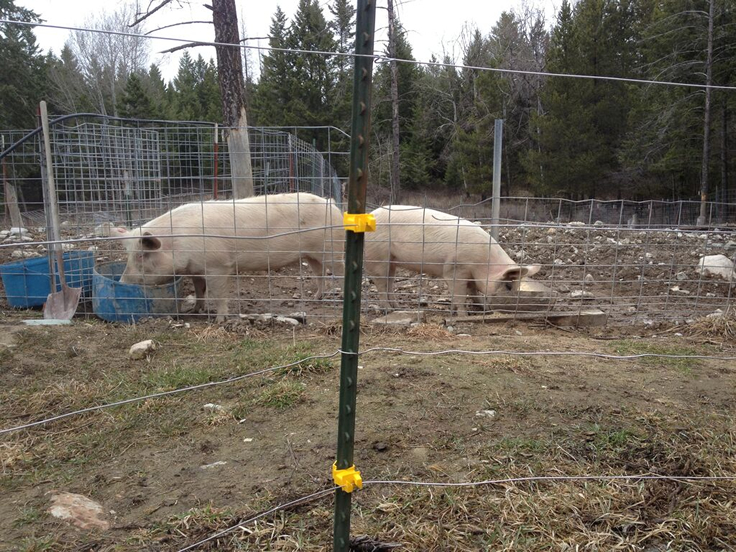
Livestock and Poultry Feed
All livestock and pet feed are attractants for bears.
- Store feed in a bear-resistant secure building, garage, or shed.
- Do not place feed out for other wildlife species as it is illegal to provide supplemental feed to game animals in Montana.
- Dispose of carcasses properly, electrify boneyards, or move carcasses away from people, buildings, and other livestock.
Minimizing Bear Conflicts
- Secure livestock, pet food, and livestock feed where bears cannot access them.
- Properly dispose of carcasses and secure boneyards.
- Follow guidelines and recommendations from Montana Fish, Wildlife and Parks, Interagency Grizzly Bear Committee, and USFWS for managing bear conflicts in agricultural settings.
Additional Resources
- Montana Fish, Wildlife and Parks Be Bear Aware Page – Agricultural Section: Provides more information on managing bears in agricultural settings
- Interagency Grizzly Bear Committee – Farmers and Ranchers: Offers resources and guidance for farmers and ranchers on coexisting with bears.
- USFWS Grizzly Bear Hazing Guidelines: Guidance for Livestock Owners, Homeowners, and General Public – Provides recommendations for hazing techniques to deter bears from livestock and property.
Garbage

Importance of Securing Garbage
- Bears are attracted to garbage due to their strong sense of smell.
- Unsecured garbage can lead to human-bear conflicts in residential areas.
- Some cities, like Missoula, have laws against leaving garbage out to minimize such conflicts.
Tips for Securing Garbage
- Use bear-resistant garbage containers and store them in a secure location.
- Keep all garbage and recycling in a secure building or garage.
- Put garbage out only on the day of pick-up to minimize bear access.
Local Waste Haulers and Bear-Resistant Options
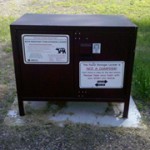
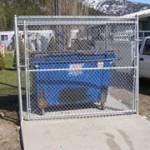
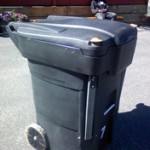
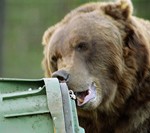

Your local waste hauler is a critical partner in reducing garbage as an attractant for bears.
Check with your hauler to ask about bear-resistant options before building or buying your own bear-resistant container or structure for garbage.
Grizzly Disposal and Recycling
- Phone: 406-541-7171
- Address: 14377 Pulp Mill Rd. Missoula, MT 59808
Bear-resistant garbage options may be available.
Republic Services in Missoula
- Phone: Call for more information. (406) 543-3157
- Address: 1501 Rodgers Street Missoula, MT 59802-1735
Bear-resistant options may be available.
Seeley Lake Refuse District
- Phone: 406-677-3809 for information.
- Address: 1708 Woodworth – Seeley Lake, MT
There may be a limited number of bear-resistant garbage containers available for seasonal check-out.
Bitterroot Disposal
- Phone: 406-363-3630
- Address: 211 Humdinger Lane, Victor, MT 59875
Bear-resistant options may be available.
Bear Resistant Electric Fencing
Properly installed bear-resistant electric fencing is a simple, cost-effective, and versatile tool that can keep bears out of attractants.
Benefits of Electric Fencing
Resources for Fencing Recommendations
- FWP Guide: Deterring Bears with Electrified Fencing: A Beginner’s Guide
- Defenders of Wildlife’s Electric Fencing Incentive Program (reimburses 50% of the cost of a bear-resistant electric fence, up to a maximum of $500)




